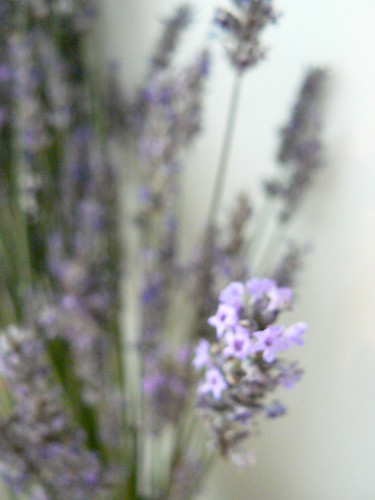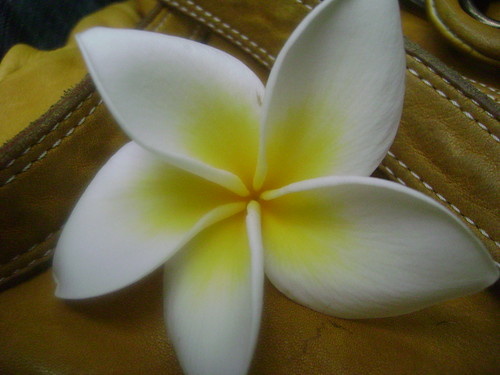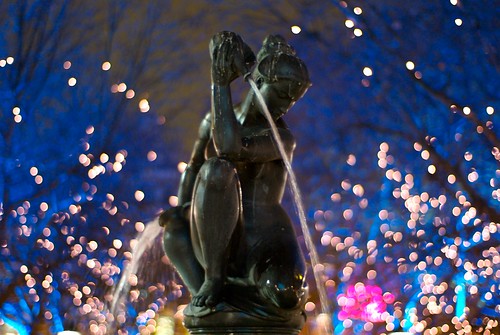Lavender Haze
Among my lost work is those monographs for lavender of various origins. In an attempt to encourage myself to resurrect my work, here is the gist of it - all of which relates to lavender oils which can be found on EdenBotanicals.com:
Lavender Essential Oils - Species Lavandula angustifoliaLavender grown in high elevation (France)
Herbaceous, a little like rosemary. A hint of rose-geranium. Slightly musty undertones. You can kinda smell it had hard time growing on the Alps... Smells like a very short, struggling plant. Dry down: hints of musk & wood base.
Lavender Maillette (France)
Dray, clean, floral, woody. Sweet, hint of bery. Crystalline. Clean, clear, almost rosewoody.
Wild Lavender (France)
Opens sweet and soft and floral, almost rosy even. Dries down into a sweet and grassy, airy lavender.
Lavender Oil (Tasmania, Australia)
Berry, myrrh-like, soft, green yet spicy-herbaceous. Light yet warm & comex. A little like sage/clary sage?
Lavender Super (Bulgaria)
Heavy, dirty, earhty. Herbaceouse, very fern-like. Slightly wine-like. Clean-herbaceous undertones.
Lavender Kashmir
Velvety, suede, smooth, powdery, potent, powerful but soft. Slightly herbaceous, hardly medicinal. Floral, powdery like scented leather gloves. Woody, slightly musty undertones.
Lavender Absolute (Lavandula angustifolia) - France
Musty turquoise colour liquid. Penetrating. Musty, airy, etheral. Ambery base. Musty/musky yet clean & sweet, a little lemony even?
Seville Lavender (Lavandula luisieri) - Spain
A non-lavender lavender. Raspberry, hay, almost like osmanthus and linden blossom. Sweet is not the right word but sour isn't either. Fruity in an odd, fascinating way. Dark like a herbal witch brew - over steeped rosemary and sage. Resinous and sweet, a little like fir absolute.






